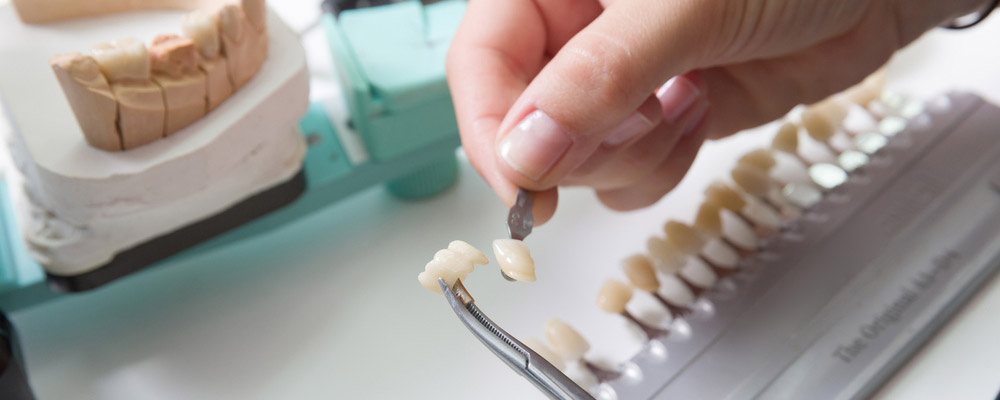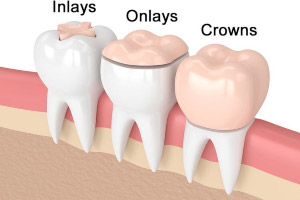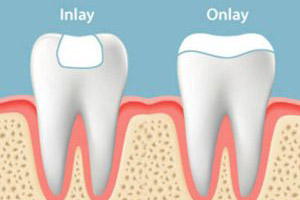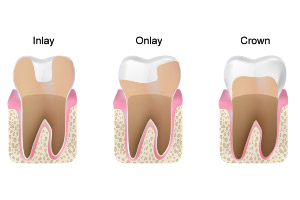Porcelain inlays/onlays fit in your tooth to match the colour and keep your smile consistent and natural-looking. Porcelain is also durable and helps protect damaged teeth to prevent future dental work.
For more information or to book a check-up with one of our experienced
dentists in Gold Coast or
Brisbane, contact us today.





